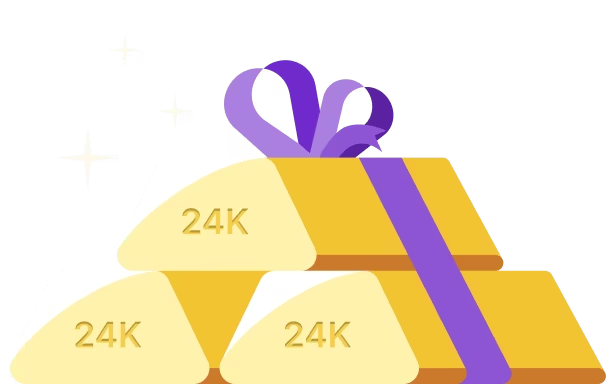The ECS full form in banking stands for Electronic Clearing Service. It is a digital system introduced by the Reserve Bank of India (RBI) to enable automatic and recurring fund transfers between bank accounts.
This service simplifies the process of handling bulk payments such as salaries, pensions, dividends, loan EMIs and bill payments. It eliminates the need for issuing cheques or making manual transactions every month.
How ECS Payment Works?
An ECS payment is an automated transfer initiated after the account holder submits an ECS Form. This form authorises the bank to debit or credit a specific amount on fixed dates.
The process is regulated by the National Payments Corporation of India (NPCI) under the National Automated Clearing House (NACH) framework. Once the mandate is approved, payments or collections happen automatically as per the set schedule.
For example, if you have a home loan with a fixed EMI date every month, you can fill out the ECS Form with your bank. Once set up, the EMI amount will be automatically debited from your account on that date, ensuring you never miss a payment.
Types of ECS
There are two main types of ECS:
- ECS Credit: Used by organisations to credit money into multiple accounts simultaneously, such as salary disbursement or dividend payouts.
- ECS Debit: Used to collect recurring payments like insurance premiums, utility bills or mutual fund SIPs directly from customer accounts.
Both systems enhance efficiency and accuracy in recurring financial transactions.










